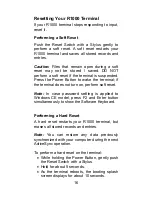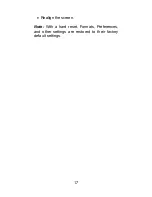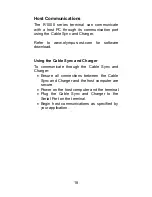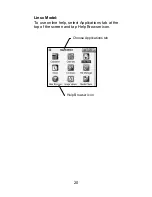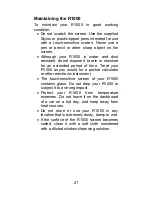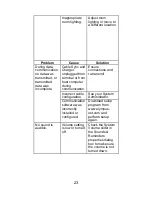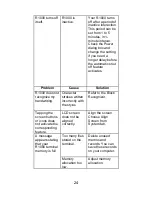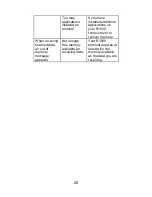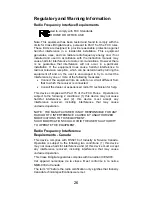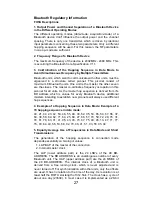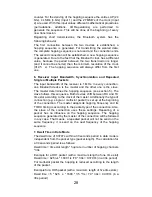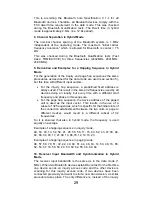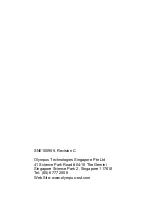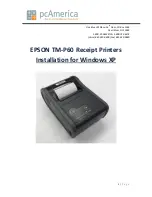
29
This is according the Bluetooth Core Specification V 1.1 for all
Bluetooth devices. Therefore, all Bluetooth devices comply with the
FCC dwell time requirement in the data mode. This was checked
during the Bluetooth Qualification tests. The Dwell time in hybrid
mode is approximately 2.6ms (in a 12.8s period).
8. Channel Separation in Hybrid Mode
The nominal channel spacing of the Bluetooth system is 1 MHz
independent of the operating mode. The maximum "initial carrier
frequency tolerance" which is allowed for Bluetooth is center = 75
kHz.
This was checked during the Bluetooth Qualification tests (Test
Case: TRM/CA/07-E) for three frequencies (2402MHz, 2441MHz,
2480 MHz).
9. Derivation and Examples for a Hopping Sequence in Hybrid
Mode
For the generation of the inquiry and page hop sequences the same
procedures as described for the data mode are used (see section 5),
but this time with different input vectors:
•
For the inquiry hop sequence, a predefined fixed address is
always used. This result in the same 32 frequencies used by all
devices doing an inquiry but every time with a different start
frequency and phase in this sequence.
•
For the page hop sequence, the device address of the paged
unit is used as the input vector. This results in the use of a
subset of 32 frequencies, which is specific for that initial state of
the connection establishment between the two units. A page to
different devices would result in a different subset of 32
frequencies.
So it is ensured that also in hybrid mode, the frequency is used
equally on average.
Example of a hopping sequence in inquiry mode:
48, 50, 09, 13, 52, 54, 41, 45, 56, 58, 11, 15, 60, 62, 43, 47,00, 02,
64, 68, 04, 06, 17, 21,08, 10, 66,70, 12, 14,19, 23
Example of a hopping sequence in paging mode:
08, 57, 68, 70, 51, 02, 42, 40, 04, 61, 44, 46, 63, 14, 50, 48, 16, 65,
52, 54, 67, 18, 58, 56, 20, 53, 60, 62, 55, 06, 66, 64
10. Receiver Input Bandwidth and Synchronization in Hybrid
Mode
The receiver input bandwidth is the same as in the data mode (1
MHz). When two Bluetooth devices establish contact for the first time,
one device sends an inquiry access code and the other device is
scanning for this inquiry access code. If two devices have been
connected previously and want to start a new transmission, a similar
procedure takes place. The only difference is, instead of the inquiry
Summary of Contents for R1000 Series
Page 1: ...Quick Reference Guide R1000 Series...
Page 7: ...5...
Page 16: ...Pickboard Keyboard Unicode 14...
Page 33: ......


